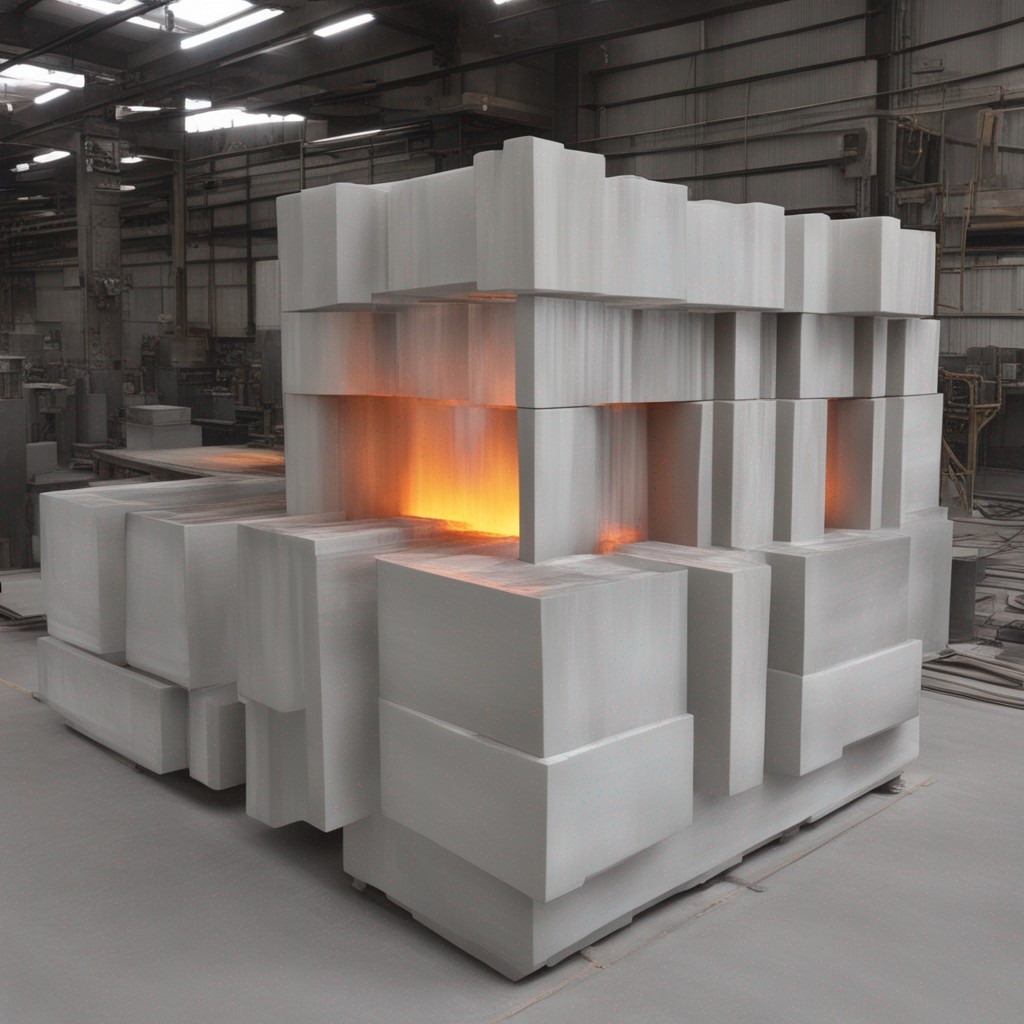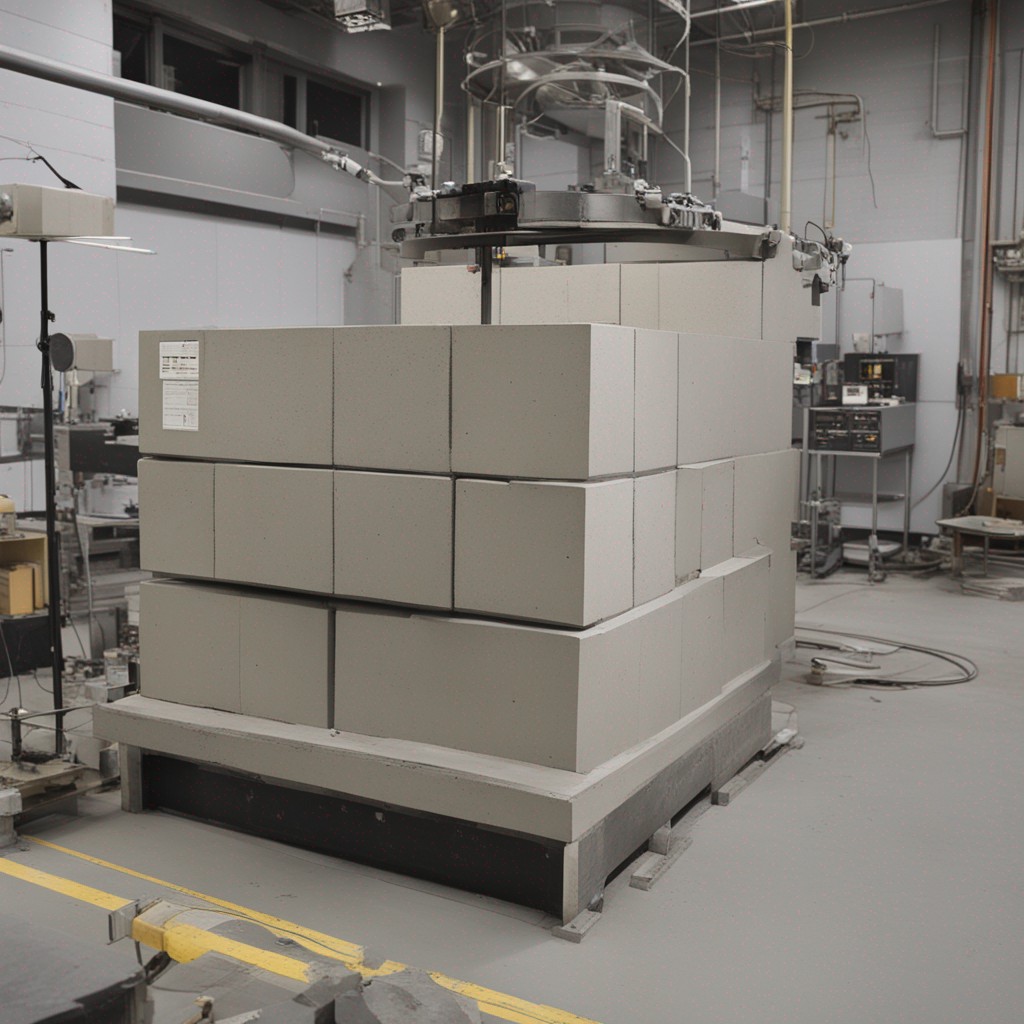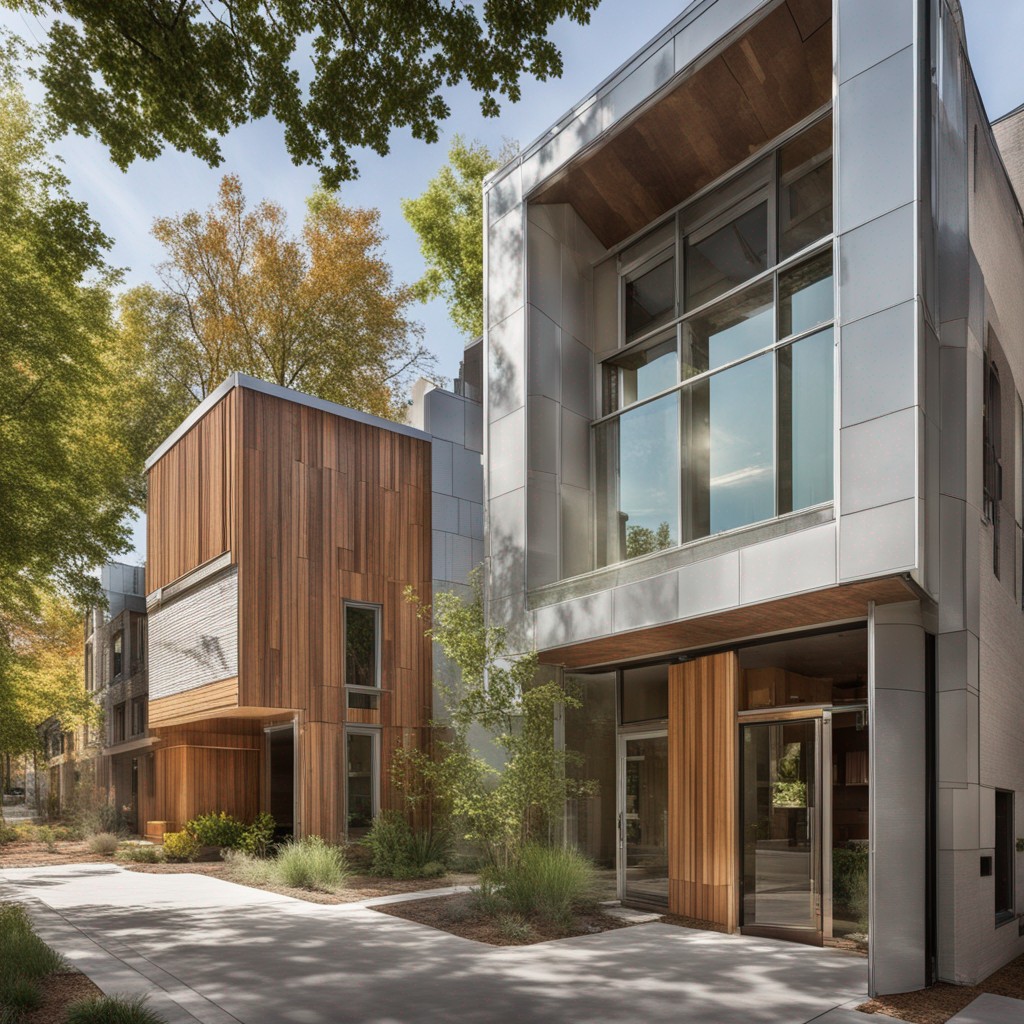Table of Contents
The construction industry has adopted autoclaved aerated concrete (AAC) blocks as a revolutionary new building material. Builders and architects seeking sustainability, energy efficiency, and design flexibility will find them to be an appealing option because of their unique composition and manufacturing process.
In this comprehensive guide, we delve into AAC blocks, uncovering their composition, manufacturing process, advantages, applications, and it’s importance in the construction industry.
What Are AAC Blocks?
The basic components of AAC blocks are sand, cement, lime, and aluminium powder. They are a type of precast concrete. These raw materials go through a complex manufacturing process that involves autoclaving and curing to produce blocks with a cellular structure. In addition to giving AAC blocks outstanding strength, this method also provides several advantages that distinguish them from conventional building materials.
Understanding the Composition
AAC blocks are made from a specific mixture of cement, lime, silica sand, and aluminium powder. Every element has a crucial role in establishing how the finished product will look. While cement and lime serve as binders, silica sand gives structural strength. The inclusion of aluminium powder improves the mixture’s lightweight qualities by introducing tiny air pockets.
The intricate chemistry between these components sets AAC blocks apart, allowing them to offer remarkable benefits in the realm of the construction industry.
1. Manufacturing Process
The process of creating AAC blocks starts with the careful blending and shaping of the raw components. To make a slurry, silica sand, cement, lime, and aluminium powder are mixed. The addition of aluminium powder initiates a chemical reaction that generates hydrogen gas and leads the mixture to expand.

An essential phase in the manufacturing process called autoclaving involves curing the blocks in steam chambers under high pressure. The blocks are cured, ensuring their strength and durability. The blocks are then precisely cut and moulded, producing a range of sizes and configurations to meet different construction industry needs.
The Properties of AAC Blocks
1. Lightweight Nature
The light weight of AAC blocks is one of their most prominent characteristics. AAC blocks are substantially lighter than conventional bricks or concrete blocks because of the cellular structure that is produced during the manufacturing process. This quality makes transportation easier, uses less labour, and speeds up construction.
2. Thermal Insulation Properties
The thermal insulation of AAC blocks is excellent. They are the perfect choice for areas with harsh weather because of their innate capacity to control temperature. Building energy efficiency is guaranteed by the cellular structure’s ability to trap air, which acts as a barrier against fluctuations in temperature.
3. Sound Insulation Capabilities
In addition to providing excellent thermal insulation, AAC blocks also provide outstanding sound insulation. The sound waves are absorbed by their porous yet solid structure, reducing noise pollution inside buildings. In urban areas or projects where noise reduction is essential, this characteristic is priceless.
4. High Compressive Strength
AAC blocks are made of a lightweight material but have a high compressive strength. Because of this, they can be used for load-bearing purposes in both residential and commercial construction. Being able to withstand structural loads and preserve their integrity throughout time is valued by builders.

5. Fire Resistance
AAC blocks provide an additional layer of safety for buildings since they are naturally fire-resistant. Their ability to withstand high temperatures guarantees that they won’t contribute to the spread of flames, which is essential for the design and construction of buildings.
6. Durability and Long Lifespan
AAC blocks are known for their durability and long lifespan. When properly maintained, structures built with AAC blocks can last for decades, reducing the need for frequent repairs and replacements.
Advantages of AAC Blocks in the Construction Industry
AAC blocks offer a multitude of advantages that have made them increasingly popular in the construction industry:
1. Lightweight Construction
Because AAC blocks have a low density, a structure’s overall weight is greatly reduced, which makes transporting and installing it simpler and more affordable. Buildings in earthquake-prone areas are strengthened by this lightweight nature, which also improves seismic resistance.
2. Excellent Insulation Properties
AAC blocks are excellent in thermal insulation, maintaining a comfortable interior by controlling temperature and using less energy. This feature guarantees decreased heating and cooling costs, which helps with long-term cost savings.
3. Durability and Long Lifespan
AAC blocks are incredibly durable, and buildings made with them are known to last for decades. They require minimal maintenance and repair over time because they are resistant to pests, rot, and fire.
4. Eco-friendliness and Sustainability
When compared to the production of ordinary bricks, AAC block manufacturing has a lower carbon impact. Fly ash, a byproduct of coal combustion is used in the production of AAC, which recycles industrial waste and helps the environment.

Comparing AAC Blocks to Traditional Building Materials
AAC blocks perform better than traditional building materials in many ways, including cost-effectiveness and long-term savings. AAC blocks make a strong case for their use in construction industry projects when compared to traditional bricks or concrete blocks.
Conclusion
In conclusion, AAC blocks have unlocked new possibilities in the construction industry. Their exceptional properties, coupled with environmental benefits and cost-effectiveness, make them a compelling choice for builders and architects. As we look ahead, the evolution of AAC block technology promises even more exciting developments, solidifying their place in the future of the sustainable construction industry. It is clear that AAC blocks are not just a building material; they are a cornerstone of modern construction innovation.
Connect with us socially on LinkedIn, Instagram and Twitter.
